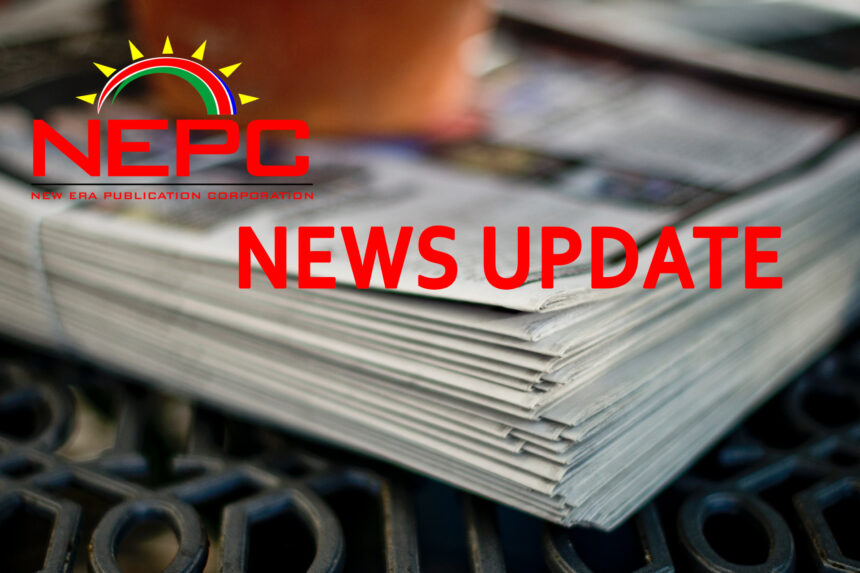Agriculture minister Calle Schlettwein last weekend confirmed that the feasibility study for the construction of a new desalination plant has been completed and shows that an additional desalination plant is viable and needed to alleviate industrial production constraints. The minister also revealed that the desalination plant will be constructed in the Erongo region by attracting the private sector for both financing and operational support.
“A new plant will therefore be constructed by placing the project into a public-private partnership (PPP), through which private capital is leveraged and private operational capacity is roped in,” said Schlettwein. He emphasised, however, that although the desalination project will be a PPP, NamWater will remain in charge of the water.
The minister made these remarks while launching the upgrading of the Kuiseb Collector 2 – Schwarzekuppe Swakopmund pipeline which was commissioned in 1974. He noted that upgrading pipelines is also in preparation for NamWater to be able to transport desalinated water to end-users once the new desalination plant is commissioned.
In addition to the pipeline upgrading, NamWater also commenced with other projects in the area estimated to cost over N$200 million. These projects, amongst others, are the drilling of the new boreholes, the construction of new pipelines, replacement of old pipelines and erecting new infrastructure to provide power to new boreholes in the Dorob and Swartbank areas of the Kuiseb River. NamWater will also undertake to rehabilitate storage reservoirs and replace other pipelines, including the one that supplies the Rooikop army base and the Walvis Bay airport.
Schlettwein stated that over the past 10 years, NamWater with government support has committed investments worth over N$1 billion in the creation and upgrading of water infrastructure in this region, particularly central coast infrastructure that serve the local authorities of Walvis Bay, Swakopmund, Henties Bay and Arandis as well as the numerous mines in the vicinity.
He added that there is a need to concentrate on detailed socio-economic water demand studies and investigate additional and more weather-resilient sources such as the desalination capability on the Atlantic central coastal area.
“The challenge of supplying water to our people is further exacerbated by climatic changes. The drought-prone inland has made it difficult to realise the full potential of both agriculture and economic developments, let alone securing the required long-term volumes of potable water to the uranium mines, the central coastal area and to Windhoek,” said Schlettwein.
NamWater CEO Abraham Nehemia on the same occasion unveiled the inaugural project for an integrated water supply system for Namibia’s coastal.
“This is a project aimed at interlinking three available sources of water at the coastal areas for supplying the towns, mines and other smaller water demand points in the vicinity. The three water sources are: Kuiseb delta, the Omaruru delta or Omdel as is known and the desalinated water,” said Nehemia.
He added that in order to realise the integrated system in the real sense, government and NamWater have to invest in infrastructure that allow all the three sources to be able to meet all the water demands.
“That requires a lot of new pipelines and water reservoirs to be constructed. Most of such work has commenced and the weakest link in this integrated water system was identified as the pipeline between Kuiseb delta and Swakopmund,” the NamWater CEO explained. – mndjavera@nepc.com.na


